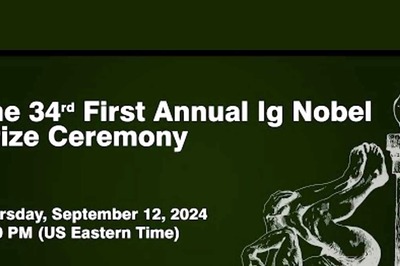
views
KOCHI: The situation in Chellanam is back to square one. In less than a week after protests, which forced authorities to supply water in the area, the public taps have no water. In some wards, it has been more than 10 days since the water tankers have paid a visit. “The day after the protests, water rushed through all the pipes in full force. There was water in every corner. Now, within five days, it has all gone back to the earlier situation and there is no water. As of now, both sets of pipelines-one public and the other laid under a World Bank project- are dysfunctional,” says Sebastian of Ward-XVI. Meanwhile, the authorities have a different version altogether. “After the protests, we had to open the newly repaired pipes. Since these pipes did not have water for a long time we had to use the full force, and also direct water from other areas into the pipes of Chellanam. We had to reduce much of the water supply from other areas to provide that kind of flow to Chellanam. This cannot be done on an everyday basis,” says Vanaja, Superintending Engineer, P H Circle, Ernakulam. Nevertheless, the alternative option of water tankers present an equally grim picture. In the fishing village, around 40 families share a particular water-point,which is filled by water from tankers. “The authorities promised to send a tanker every week. That is inadequate considering that there around 40 families in the area. But now the situation is getting even more grim as days pass by. In this area, the tankers have not come since 10 days. Some times this goes on till 20 days in the peak summer season. The condition of the roads make the tanker drivers reluctant to come here”, said president of Matsya Thozhilali Shakarana Sangam, K J Antony. The reluctance of the tanker drivers are despite the residents paying `2500 per year --a value substantially higher than the water bills paid by some of the economically well-off quarters of Kochi city. Reeling under acute water-scarcity, the authorities have exhausted all possibilities such as, digging bore well and water harvesting. While some were too expensive to be sustainable, others turned out to be simply impractical. “This shortage of water which has been continuing over the years, shows the utter disregard the authorities has for this area. The unhygienic conditions in the area is linked to this water shortage. Who will take responsibility for the health problems this will cause?”, asks Antony.

















Comments
0 comment